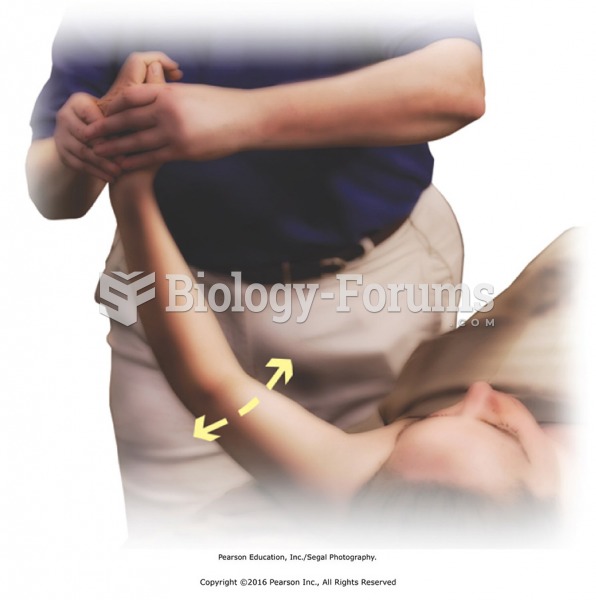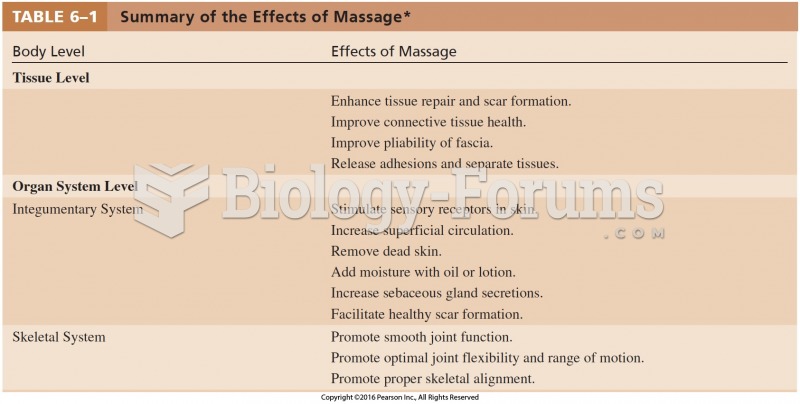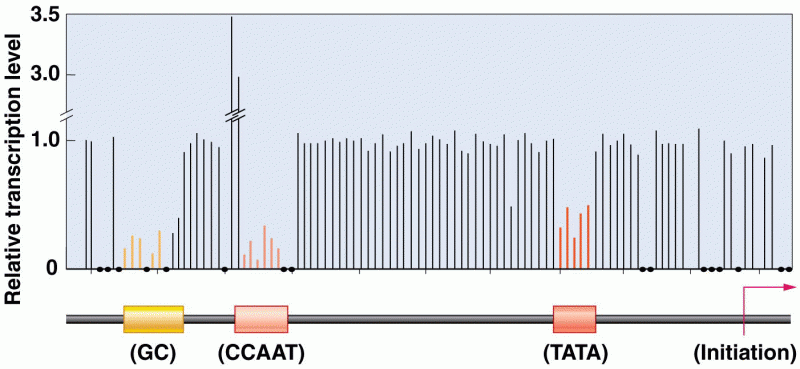|
|
|
Medication errors are three times higher among children and infants than with adults.
In Eastern Europe and Russia, interferon is administered intranasally in varied doses for the common cold and influenza. It is claimed that this treatment can lower the risk of infection by as much as 60–70%.
Acute bronchitis is an inflammation of the breathing tubes (bronchi), which causes increased mucus production and other changes. It is usually caused by bacteria or viruses, can be serious in people who have pulmonary or cardiac diseases, and can lead to pneumonia.
Automated pill dispensing systems have alarms to alert patients when the correct dosing time has arrived. Most systems work with many varieties of medications, so patients who are taking a variety of drugs can still be in control of their dose regimen.
Most childhood vaccines are 90–99% effective in preventing disease. Side effects are rarely serious.
 Senator Joe McCarthy and his aide Roy Cohn (left) listen to testimony at the Army-McCarthy hearings ...
Senator Joe McCarthy and his aide Roy Cohn (left) listen to testimony at the Army-McCarthy hearings ...
 Wag the arm to mobilize the joints of the upper extremities. Grasp the hand and lift the arm off the ...
Wag the arm to mobilize the joints of the upper extremities. Grasp the hand and lift the arm off the ...





